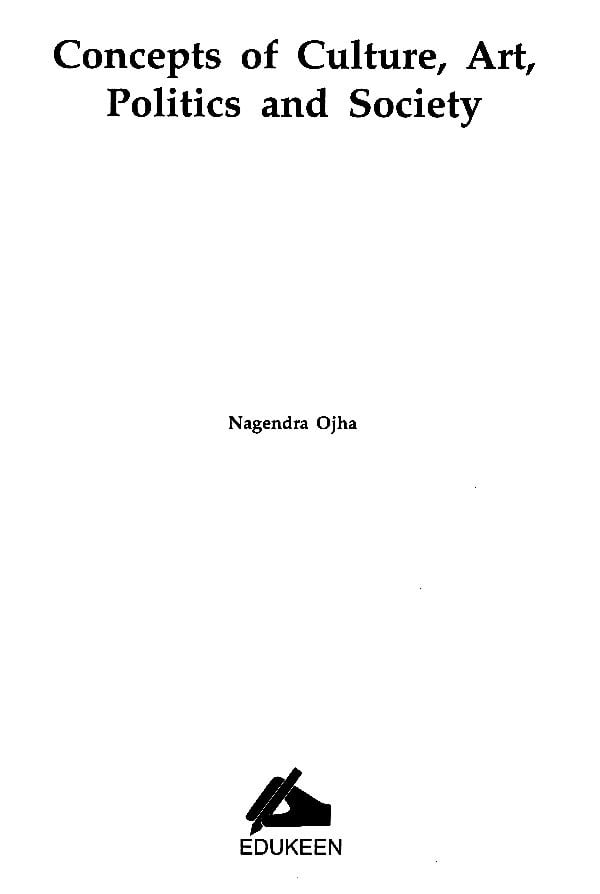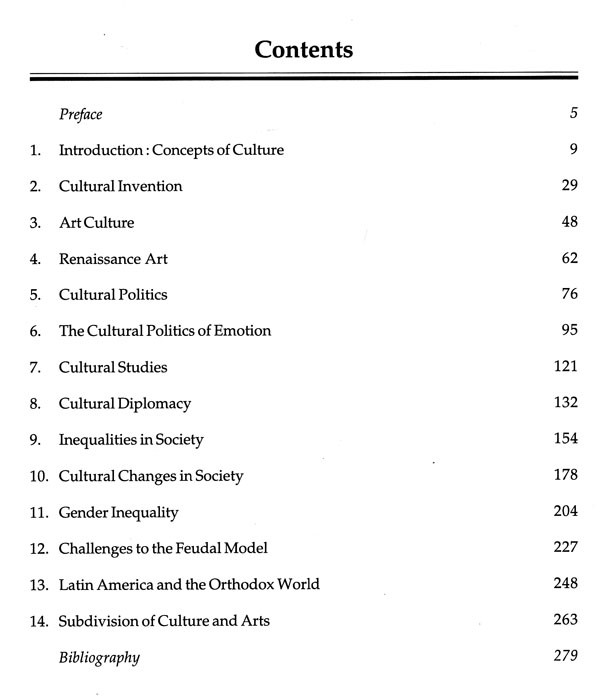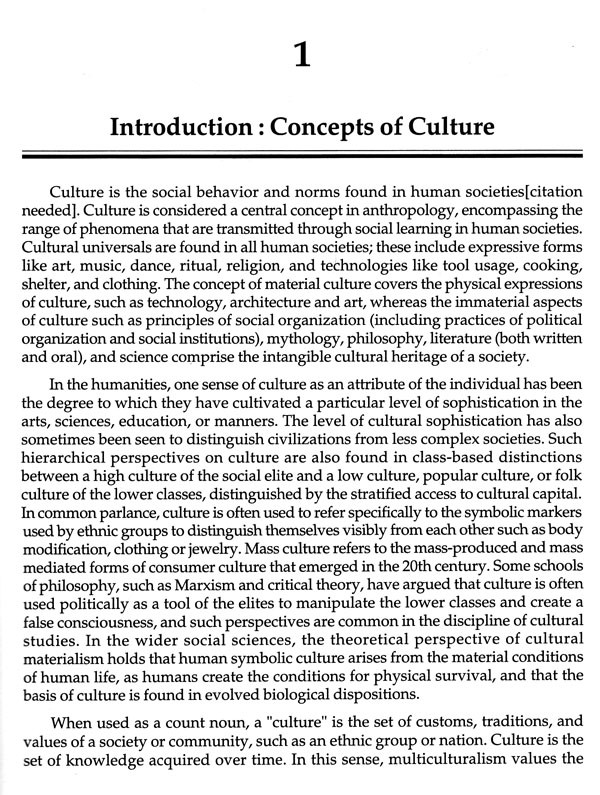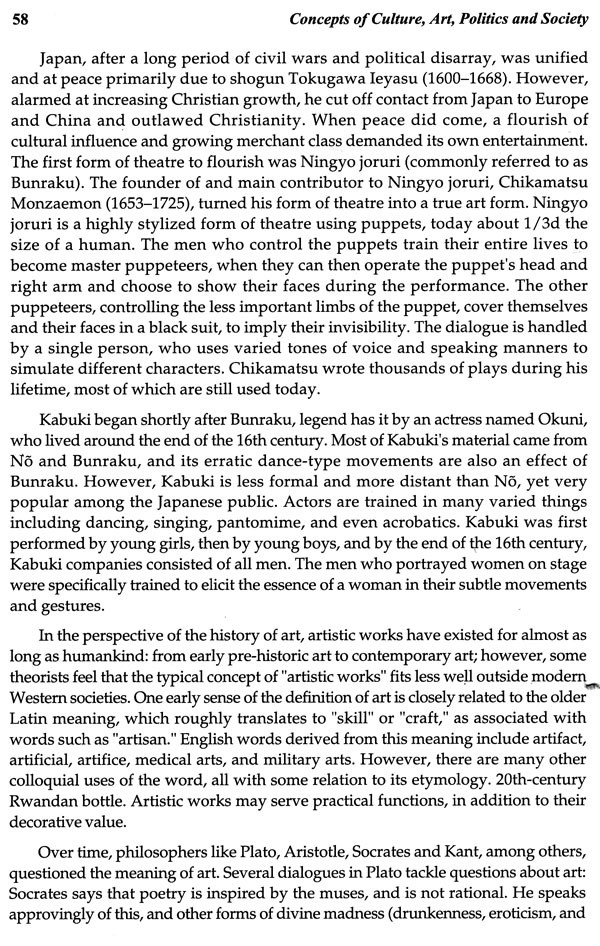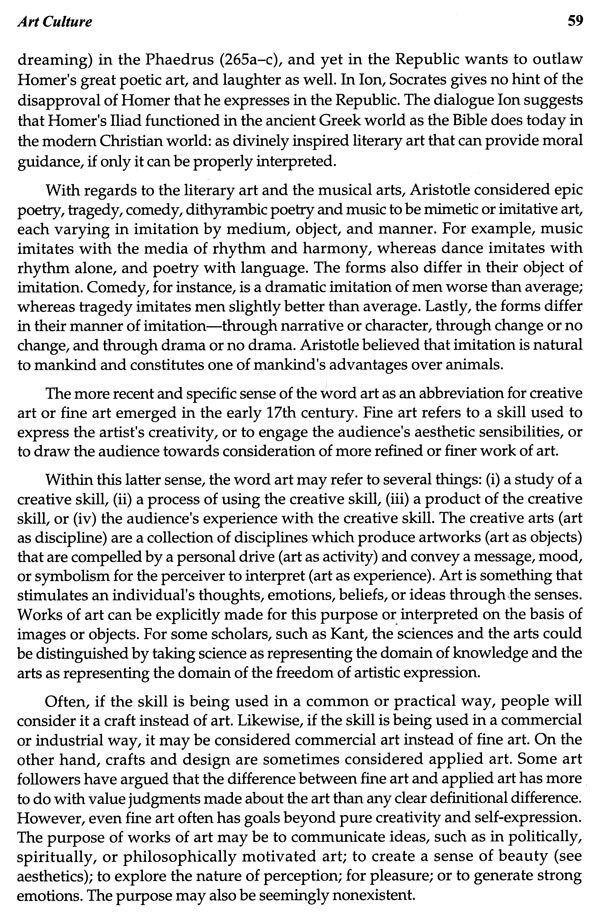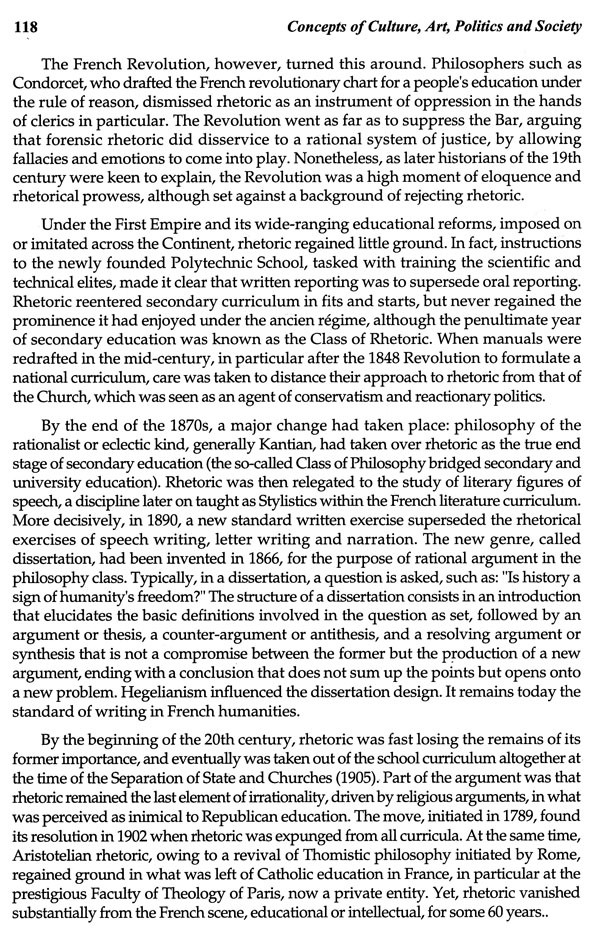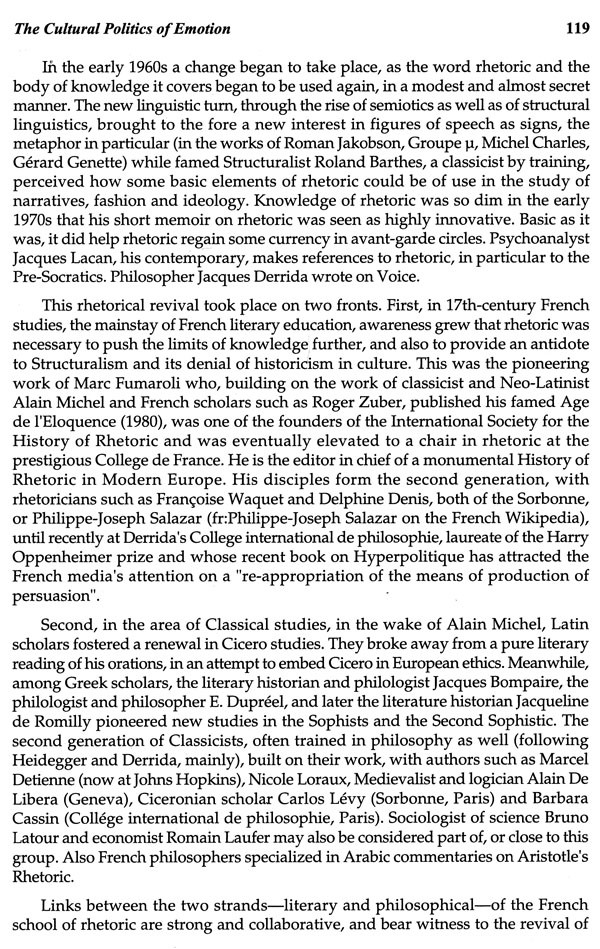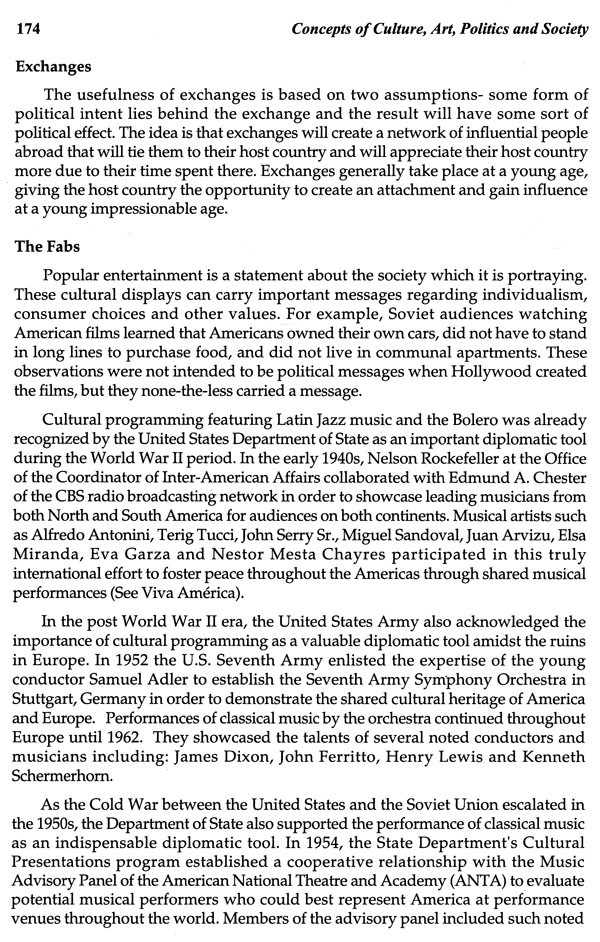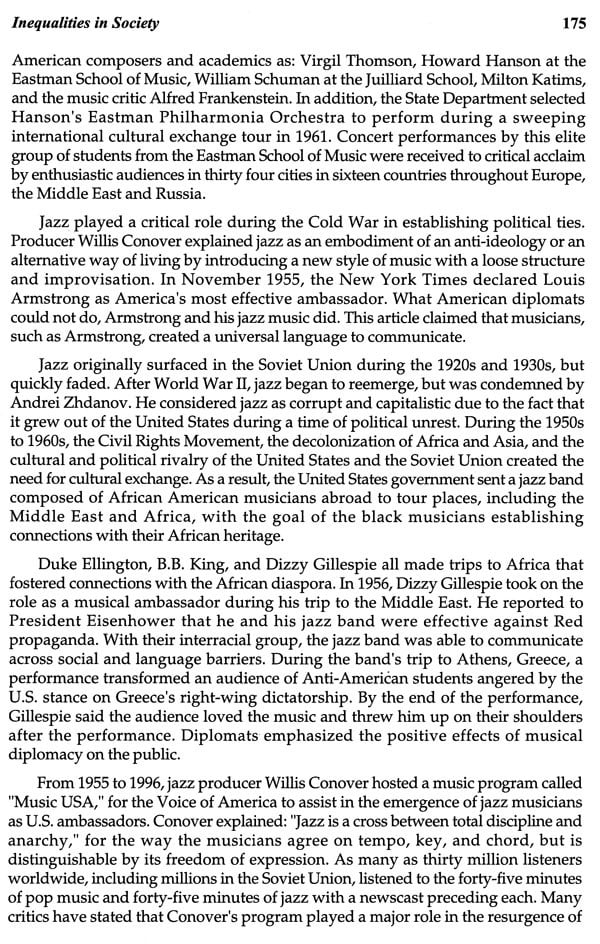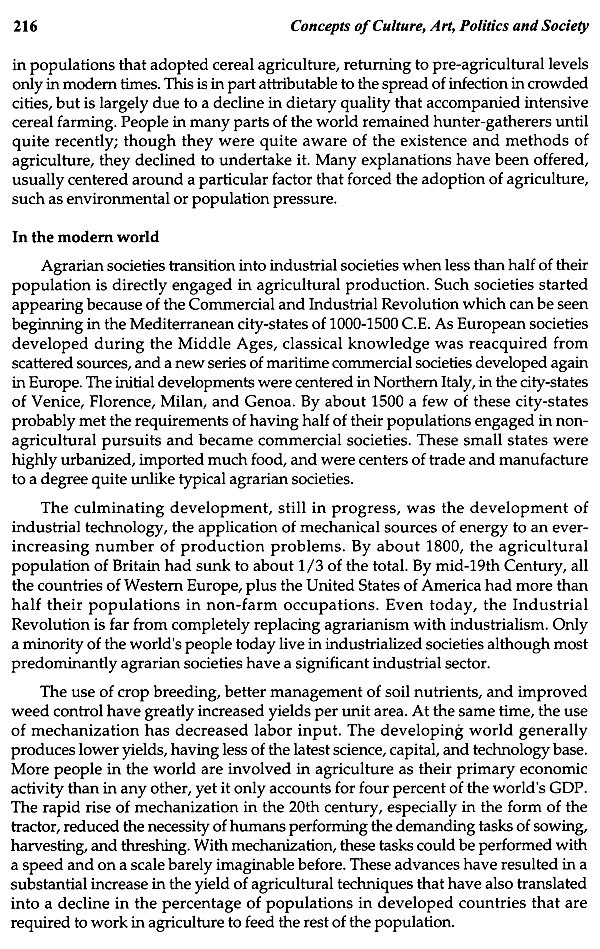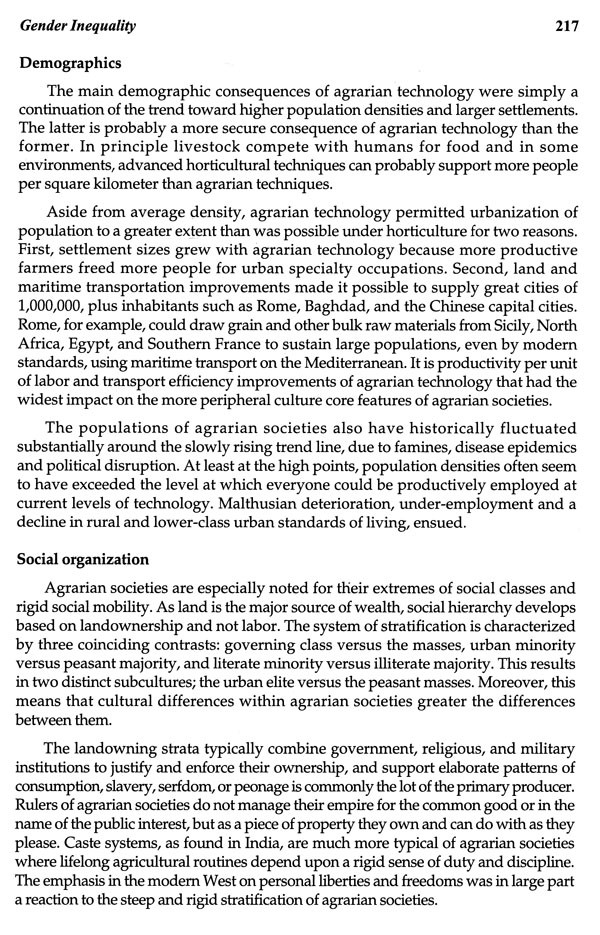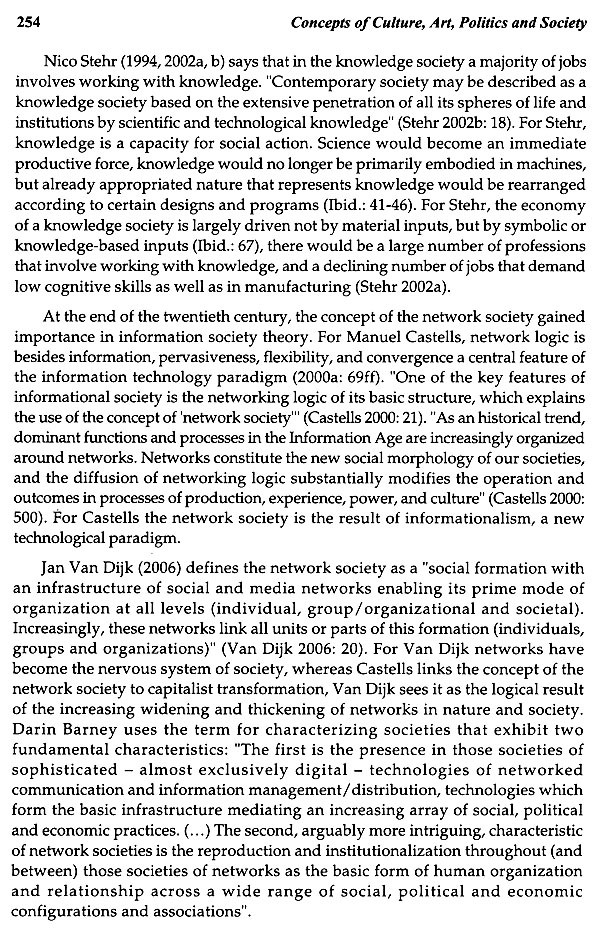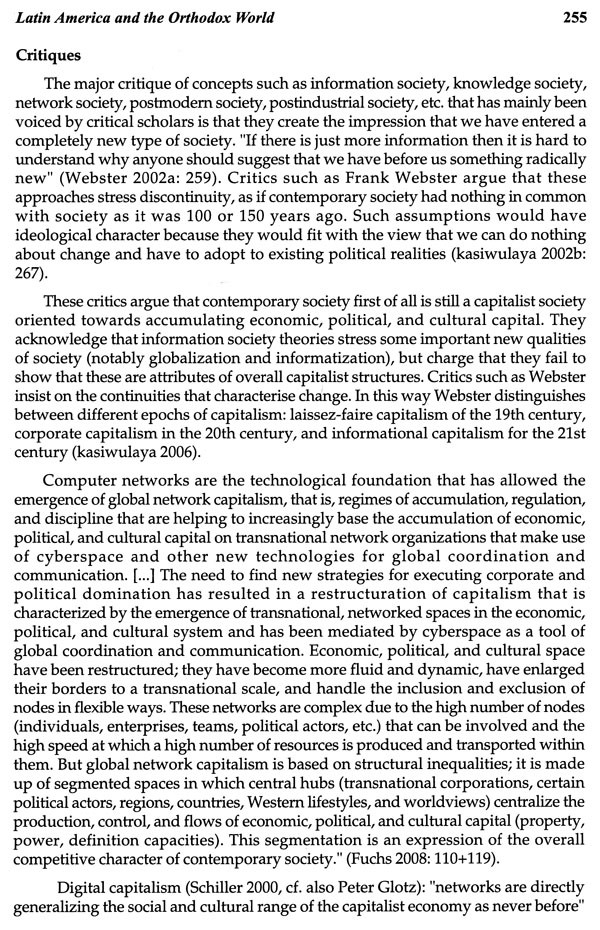
Concepts of Culture, Art, Politics and Society
Book Specification
| Item Code: | UAR663 |
| Author: | Nagendra Ojha |
| Publisher: | Edukeen Publisher |
| Language: | English |
| Edition: | 2019 |
| ISBN: | 9788194205685 |
| Pages: | 280 |
| Cover: | HARDCOVER |
| Other Details | 9.50 X 6.50 inch |
| Weight | 560 gm |
Book Description
Culture is the systems of knowledge shared by a relatively large group of people. Culture is communication, communication is culture. Culture is the sum total of ideas, beliefs, values, material cultural equipments and non-material aspects which man makes as a member of society. Culture can be conceived as a continuous, cumulative reservoir containing both material and non-material elements that are socially transmitted from generation to generation. Culture is continuous because cultural patterns transcend years, reappearing in successive generations. Culture is cumulative because each generation contributes to the reservoir. Culture in its broadest sense is cultivated behavior; that is the totality of a person's learned, accumulated experience which is socially transmitted, or more briefly, behavior through social learning.
Nagendra Ojha (born on 23th July, 1970) did his B.A. from Guwahati University, Guwahati. Thereafter he achieved his M.A and PhD in Cultural Anthropology from Guwahati University, Guwahati. He has written extensively in national and international journals. Currently he is teaching in West Bengal. He has published a good number of Research Articles, many Books and journals. He excels as a seminarian, attended several national and international seminars.
Culture change is a term used in public policy making that emphasizes the influence of cultural capital on individual and community behavior. It has been sometimes called repositioning of culture,[1] which means the reconstruction of the cultural concept of a society. It places stress on the social and cultural capital determinants of decision making and the manner in which these interact with other factors like the availability of information or the financial incentives facing individuals to drive behavior. These cultural capital influences include the role of parenting, families and close associates; organizations such as schools and workplaces; communities and neighborhoods; and wider social influences such as the media. It is argued that this cultural capital manifests into specific values, attitudes or social norms which in turn guide the behavioral intentions that individuals adopt in regard to particular decisions or courses of action. These behavioral intentions interact with other factors driving behavior such as financial incentives, regulation and legislation, or levels of information, to drive actual behavior and ultimately feed back into underlying cultural capital. In general, cultural stereotypes present great resistance to change and to their own redefinition. Culture, often appears fixed to the observer at any one point in time because cultural mutations occur incrementally. Cultural change is a long-term process. Policymakers need to make a great effort to improve some basics aspects of a society's cultural traits.
**Contents and Sample Pages**
